I. Introduction
A. Overview of Boeing’s Significance in the Aviation Industry
Boeing is a name synonymous with the aviation industry, representing a legacy of innovation, engineering prowess, and a commitment to advancing air travel. Founded in 1916, Boeing has been at the forefront of aerospace technology, contributing significantly to both commercial and military aviation. The company’s aircraft have connected people across continents, facilitated global trade, and played crucial roles in national defense. With a diverse portfolio ranging from the iconic 747 jumbo jet to the advanced 787 Dreamliner, Boeing continues to shape the future of aviation, setting benchmarks for safety, efficiency, and performance.
B. Purpose of the Comparison Guide
The purpose of this comparison guide is to provide an in-depth analysis of three of Boeing’s most influential aircraft series: the 737, 747, and 787. These models represent different eras and technological advancements in aviation, each with its unique set of features, advantages, and limitations. By examining these aircraft in detail, prospective buyers, aviation enthusiasts, and industry professionals can gain a clearer understanding of which model best suits their needs. Whether you’re an airline executive considering fleet expansion, a pilot seeking insights on aircraft performance, or simply an aviation aficionado, this guide aims to be your comprehensive resource for making informed decisions.
C. Methodology and Criteria for Comparison
To ensure a thorough and unbiased comparison, this guide will evaluate each aircraft series based on several key criteria. These include historical background and development, technical specifications, and performance metrics. Additionally, we will weigh the pros and cons of each model, considering factors such as fuel efficiency, passenger capacity, range, maintenance requirements, and operational costs. Data will be sourced from Boeing’s official publications, industry reports, and expert analyses to provide a balanced perspective. By adopting this structured approach, we aim to present a clear and objective comparison that highlights the strengths and weaknesses of the Boeing 737, 747, and 787 series.
In the following sections, we will delve into the specifics of each aircraft series, starting with the venerable Boeing 737. Join us as we unfold the story behind these remarkable flying machines and discover which Boeing aircraft reigns supreme in this Ultimate Boeing Aircraft Comparison Guide.
II. Boeing 737 Series
A. Historical Background and Development
The Boeing 737 series is one of the most iconic and widely recognized aircraft families in the aviation industry. Its journey began in the 1960s when Boeing identified a market need for a smaller, short-to-medium-range jetliner to complement their larger 707 and 727 models. The first variant, the Boeing 737-100, took its maiden flight on April 9, 1967, and entered service with Lufthansa in 1968. The aircraft’s design focused on efficiency and simplicity, featuring twin engines mounted under the wings and a capacity of around 85 passengers.
Over the decades, the 737 series has undergone numerous upgrades and transformations, leading to the development of several generations, including the Classic (-300, -400, -500), Next Generation (NG) (-600, -700, -800, -900), and the latest MAX series (-7, -8, -9, -10). Each iteration brought advancements in technology, fuel efficiency, range, and passenger comfort, solidifying the 737’s position as a cornerstone of modern commercial aviation.
B. Technical Specifications and Performance
The Boeing 737 series encompasses a wide range of technical specifications and performance metrics tailored to various market needs. Here, we summarize the key characteristics of the major 737 variants:
- 737 Classic Series:
- Passengers: 110-188
- Range: 2,060-2,920 nautical miles
- Engines: CFM56-3 series turbofans
- Notable Features: Improved aerodynamics, updated flight deck, and increased fuel capacity compared to earlier models.
- 737 Next Generation (NG) Series:
- Passengers: 110-220
- Range: 3,000-3,850 nautical miles
- Engines: CFM56-7B series turbofans
- Notable Features: Enhanced wing design, modern avionics, and improved fuel efficiency.
- 737 MAX Series:
- Passengers: 138-230
- Range: 3,215-3,850 nautical miles
- Engines: CFM LEAP-1B series turbofans
- Notable Features: Advanced aerodynamics, quieter engines, and state-of-the-art flight deck technology.
Each generation of the 737 has incorporated technological advancements to enhance fuel efficiency, reduce operational costs, and improve environmental performance. The MAX series, in particular, features advanced winglets and more efficient engines that contribute to significant reductions in fuel consumption and greenhouse gas emissions.
C. Pros and Cons Summary
Pros:
- Versatility: The 737 series offers a wide range of configurations suitable for various routes, from short domestic flights to longer international journeys.
- Operational Efficiency: Advanced aerodynamics and fuel-efficient engines make the 737 a cost-effective choice for airlines.
- Reliability: Decades of service history and continuous improvements have made the 737 one of the most dependable aircraft in the industry.
- Passenger Comfort: Modern variants, especially the NG and MAX series, provide enhanced cabin features, including improved seating, lighting, and in-flight entertainment options.
Cons:
- Grounding Issues: The 737 MAX series faced significant setbacks due to safety concerns and subsequent groundings, impacting its market perception and operational deployment.
- Limited Range: While suitable for short-to-medium-haul flights, the 737 series is not ideal for long-haul routes, limiting its versatility compared to larger wide-body aircraft.
- Competitive Pressure: The 737 series faces stiff competition from Airbus’s A320 family, which offers similar capabilities and has gained substantial market share.
In conclusion, the Boeing 737 series remains a pivotal player in commercial aviation, known for its adaptability, efficiency, and reliability. Its various generations have continually evolved to meet the changing demands of the industry, ensuring its relevance for decades. However, challenges such as the MAX grounding and intense competition highlight the need for ongoing innovation and vigilance in maintaining its market position.
III. Boeing 747 Series
A. Historical Background and Development
The Boeing 747, affectionately known as the “Queen of the Skies,” is one of the most iconic aircraft in aviation history. Its journey began in the 1960s when Boeing unveiled an ambitious plan to create a revolutionary wide-body aircraft that would redefine long-haul air travel. The first 747, the 747-100, made its maiden flight on February 9, 1969, and entered commercial service with Pan American World Airways in 1970.
The 747 series was conceived to address the growing demand for air travel, providing airlines with a high-capacity aircraft capable of carrying more passengers and cargo over longer distances. Over the decades, the 747 series has undergone several iterations, including the 747-200, 747-300, 747-400, and the latest 747-8, each version featuring advancements in technology, fuel efficiency, and passenger comfort.
B. Technical Specifications and Performance
The Boeing 747 series boasts impressive specifications that have set benchmarks in the aviation industry. The latest model, the 747-8, features:
- Length: 250 ft 2 in (76.3 m)
- Wingspan: 224 ft 7 in (68.4 m)
- Maximum Takeoff Weight (MTOW): 987,000 lb (447,700 kg)
- Range: 7,730 nautical miles (14,320 km)
- Cruising Speed: Mach 0.855 (570 mph or 917 km/h)
The 747-8 is powered by four General Electric GEnx-2B67 engines, which provide a significant boost in fuel efficiency and reduced noise levels compared to its predecessors. The aircraft’s advanced aerodynamics and state-of-the-art materials contribute to its enhanced performance, making it a preferred choice for long-haul routes and high-density markets.
C. Pros and Cons Summary
Pros:
- High Passenger and Cargo Capacity: The Boeing 747-8 can accommodate up to 467 passengers in a typical three-class configuration. Its spacious cabin and large cargo hold make it ideal for both passenger and freight operations.
- Long Range: With a range of 7,730 nautical miles, the 747-8 can connect major global cities without the need for refueling stops, providing airlines with operational flexibility and efficiency.
- Iconic Design and Passenger Appeal: The 747’s distinctive hump and upper deck have made it a favorite among passengers and aviation enthusiasts. Its reputation for reliability and comfort has helped build strong brand loyalty.
- Technological Advancements: The latest 747 variants incorporate cutting-edge technologies, including improved aerodynamics, advanced avionics, and more efficient engines, which translate to better fuel economy and lower operational costs.
Cons:
- High Operating Costs: Despite advancements in fuel efficiency, the 747-8’s four-engine configuration and large size result in higher operating costs compared to twin-engine aircraft like the Boeing 787 and Airbus A350.
- Limited Airport Compatibility: The sheer size of the 747 limits its compatibility with many airports, requiring specialized infrastructure for handling and maintenance. This restricts its operational flexibility in some regions.
- Market Shift: The aviation industry has been shifting towards more fuel-efficient twin-engine aircraft, reducing the demand for large, four-engine jets like the 747. This trend has led to a decline in orders and production rates for the 747 series.
- Environmental Impact: While the 747-8 is more environmentally friendly than its predecessors, it still has a larger carbon footprint compared to newer, more efficient twin-engine aircraft.
In summary, the Boeing 747 series remains a symbol of aviation innovation and luxury, offering unparalleled passenger and cargo capacity. However, the evolving market dynamics and rising emphasis on fuel efficiency present challenges to its continued dominance. Despite these hurdles, the “Queen of the Skies” continues to hold a special place in the hearts of aviation enthusiasts and travelers worldwide.
IV. Boeing 787 Series
A. Historical Background and Development
The Boeing 787 Series, also known as the Dreamliner, represents a significant leap forward in commercial aviation. Launched in 2004, the 787 was designed to replace the older 767 and to provide a more efficient and technologically advanced aircraft for long-haul flights. The first 787 Dreamliner took to the skies on December 15, 2009, and was subsequently delivered to its launch customer, All Nippon Airways (ANA), in September 2011.
The development of the 787 was marked by its ambitious goals of increased fuel efficiency, reduced environmental impact, and enhanced passenger comfort. Boeing achieved these objectives through the extensive use of composite materials, advanced aerodynamics, and state-of-the-art engines from Rolls-Royce and General Electric. The aircraft’s development, however, was not without challenges; delays and cost overruns were significant hurdles that Boeing had to overcome. Despite these setbacks, the 787 series has been widely adopted by airlines around the world and continues to be a key player in Boeing’s lineup.
B. Technical Specifications and Performance
The Boeing 787 series consists of three primary variants: the 787-8, 787-9, and 787-10. Each variant offers different seating capacities and ranges, catering to various airline needs:
- 787-8: The smallest of the series, the 787-8 typically seats 242 passengers in a two-class configuration and has a range of approximately 7,355 nautical miles (13,621 kilometers). This variant is ideal for long-haul routes where demand may not justify a larger aircraft.
- 787-9: The mid-size variant, the 787-9 can seat around 290 passengers in a two-class configuration and boasts an impressive range of about 7,530 nautical miles (13,950 kilometers). This version offers a balance of capacity and range, making it versatile for various international routes.
- 787-10: The largest variant, the 787-10 seats approximately 330 passengers in a two-class configuration and has a shorter range of 6,430 nautical miles (11,910 kilometers) compared to its siblings. It is designed for high-density routes where larger passenger capacity is required, albeit with a slightly reduced range.
Key technical features of the 787 series include:
- Composite Fuselage: Approximately 50% of the 787’s airframe is made from composite materials, significantly reducing weight and improving fuel efficiency.
- Advanced Aerodynamics: The 787’s design incorporates raked wingtips and other aerodynamic enhancements to reduce drag and improve fuel economy.
- Modern Engines: Equipped with either Rolls-Royce Trent 1000 or General Electric GEnx engines, the 787 offers exceptional fuel efficiency and reduced emissions.
- Passenger Comfort: The 787 features larger windows, improved cabin pressurization, higher humidity levels, and advanced lighting systems to enhance the passenger experience.
C. Pros and Cons Summary
Pros:
- Fuel Efficiency: The 787 series is renowned for its fuel efficiency, offering significant cost savings for airlines and reduced environmental impact.
- Passenger Comfort: Enhanced cabin features, such as larger windows and improved air quality, make for a more pleasant travel experience.
- Range and Flexibility: With various configurations and ranges, the 787 can serve a wide array of long-haul routes, providing versatility for airlines.
- Technological Advancements: The use of composite materials and modern engines positions the 787 as a cutting-edge aircraft in the aviation industry.
Cons:
- Development Challenges: The 787 faced multiple delays and cost overruns during its development, which impacted its initial market entry.
- Maintenance Complexity: The advanced materials and technologies used in the 787 can pose maintenance challenges and require specialized training and equipment.
- Higher Acquisition Costs: The initial purchase price of the 787 series is higher compared to some older aircraft, which may be a consideration for budget-conscious airlines.
In summary, the Boeing 787 series stands out as a revolutionary aircraft that has reshaped the landscape of long-haul travel. Its blend of fuel efficiency, passenger comfort, and technological innovation makes it a favored choice among airlines and passengers alike. However, the challenges in development and maintenance, along with higher acquisition costs, are considerations that must be weighed when choosing the 787 for a fleet.
V. Conclusion
A. Recap of Key Comparisons
In this comprehensive guide, we’ve delved into the intricacies of some of Boeing’s most iconic aircraft series: the 737, 747, and 787. Each of these series has carved out its niche in the aviation industry, offering unique strengths and facing particular challenges.
- Boeing 737 Series: This series has been a cornerstone for short to medium-haul routes since its inception. Its efficiency, versatility, and relatively lower operational costs make it a favorite among budget airlines and regional carriers. However, recent controversies and groundings have highlighted some vulnerabilities in its design and safety protocols.
- Boeing 747 Series: Often dubbed the “Queen of the Skies,” the 747 series revolutionized long-haul travel with its impressive range and capacity. It has been a symbol of luxury and technological prowess. Yet, its high operational costs and the advent of more fuel-efficient models have led to a decline in its usage in recent years.
- Boeing 787 Series: The 787 Dreamliner represents Boeing’s leap into the future with advanced materials and fuel efficiency. Its cutting-edge technology and passenger comfort features make it a preferred choice for long-haul flights. However, the high acquisition costs and initial technical glitches have posed challenges for some airlines.
B. Final Thoughts on Choosing the Right Boeing Aircraft
Choosing the right Boeing aircraft depends largely on the specific needs and operational goals of the airline. The 737 series remains ideal for airlines focusing on short to medium-haul routes, offering a balance between cost and efficiency. The 747 series, while iconic, is becoming less practical for most commercial airlines due to its higher operational costs, but it continues to serve well in cargo and special charter services. The 787 series stands out for airlines aiming to offer superior passenger experience and fuel efficiency on long-haul routes, despite the higher upfront investment.
C. Future Outlook for Boeing Aircraft
As the aviation industry continues to evolve, Boeing faces both opportunities and challenges. The push towards more sustainable and fuel-efficient technologies will likely drive future developments. Boeing’s ongoing efforts to address safety concerns and innovate in aircraft design will be crucial in maintaining its competitive edge. Additionally, the growing importance of data analytics and artificial intelligence in aviation could see Boeing integrating more advanced systems into its aircraft.
In conclusion, each Boeing aircraft series has its distinct place and purpose in the aviation landscape. By understanding their historical context, technical specifications, and operational strengths and weaknesses, airlines can make more informed decisions tailored to their strategic goals. As Boeing continues to adapt and innovate, it will undoubtedly remain a pivotal player in shaping the future of air travel.
Related stories:
Catch up on the top stories and travel deals by subscribing to our newsletter!

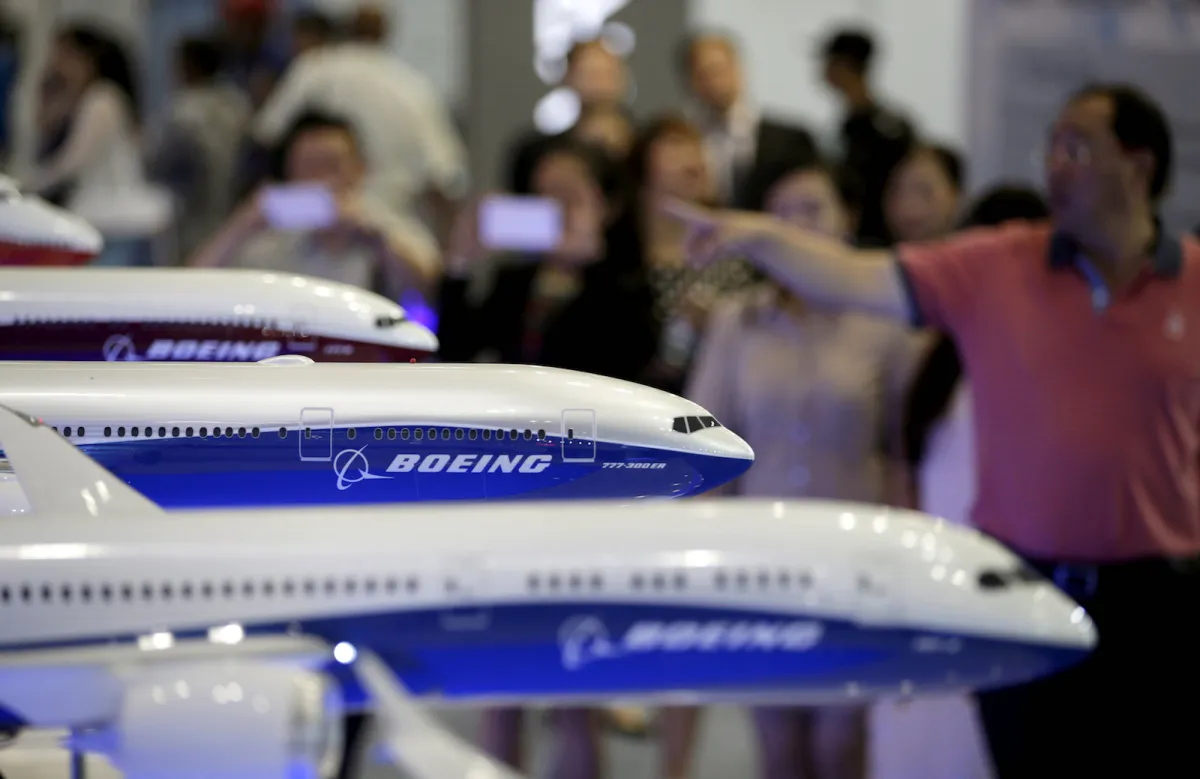

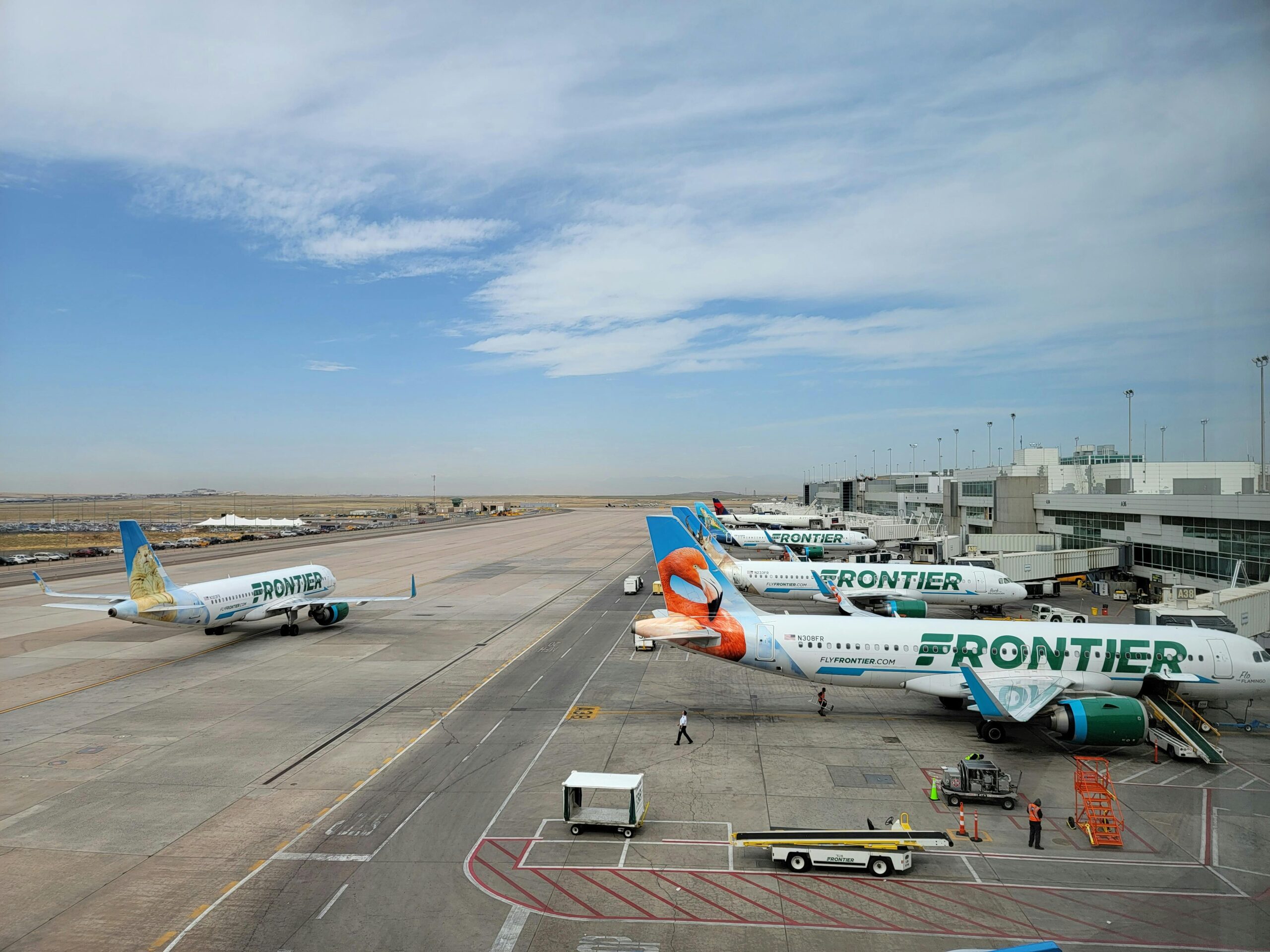
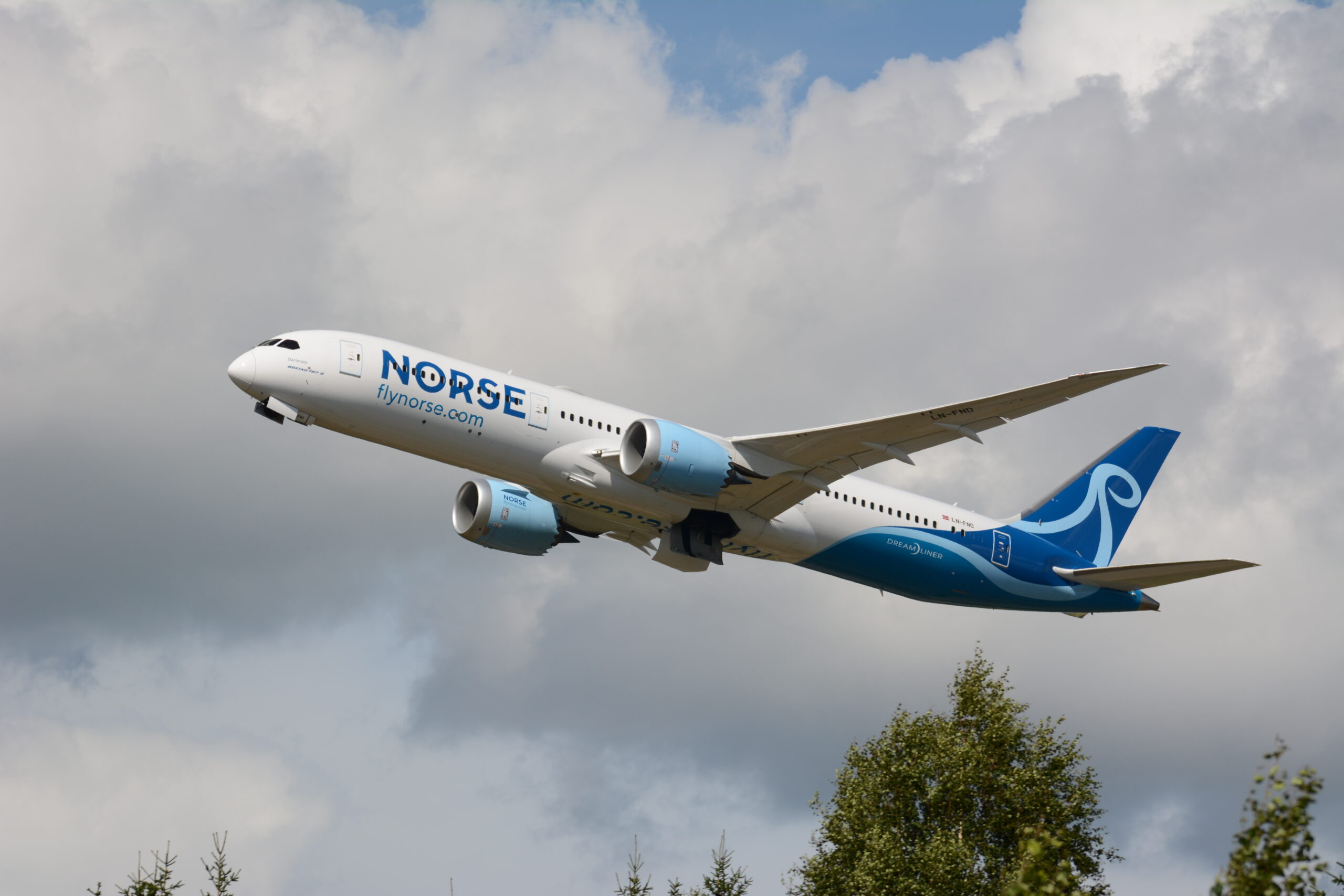
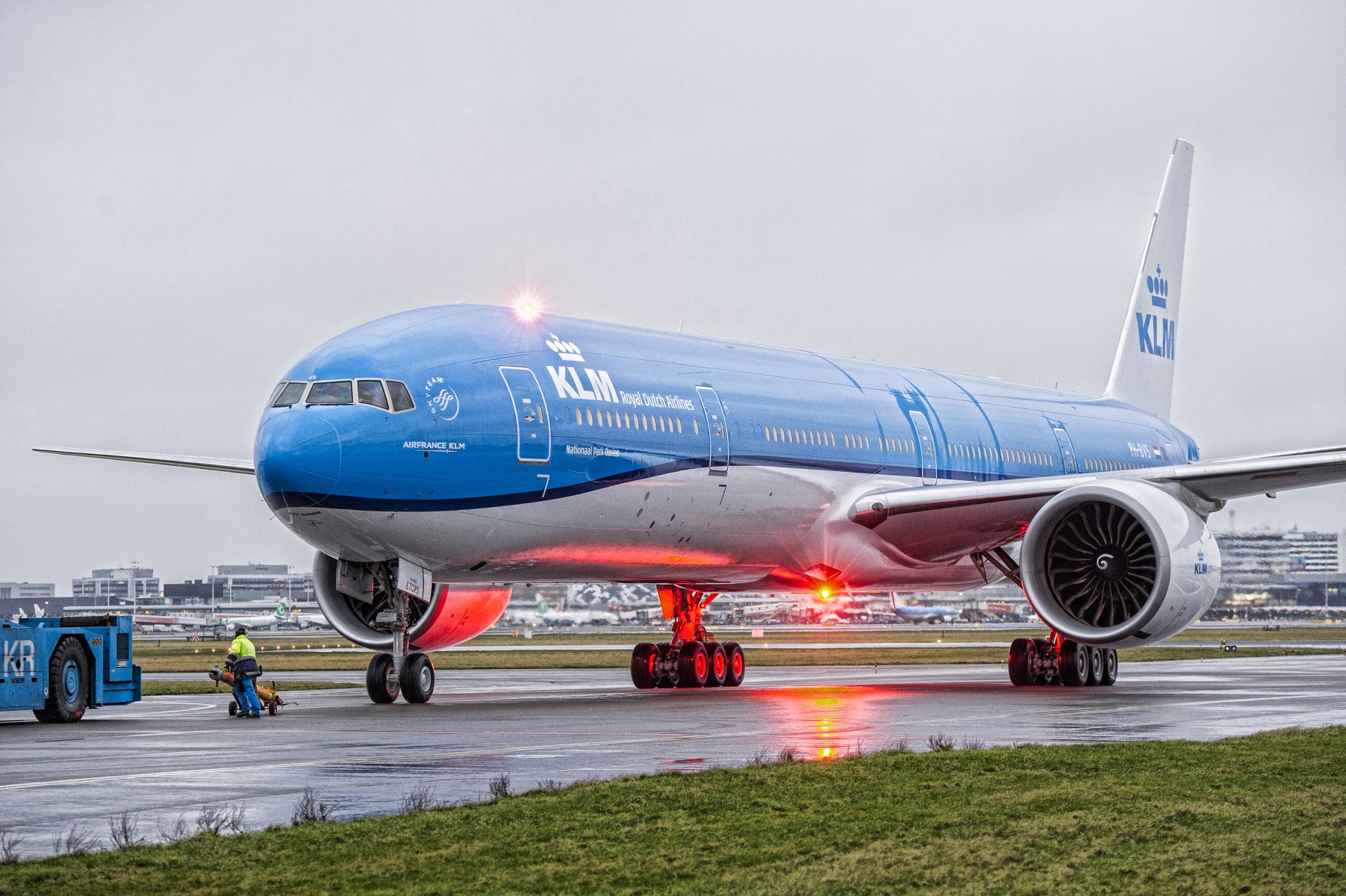
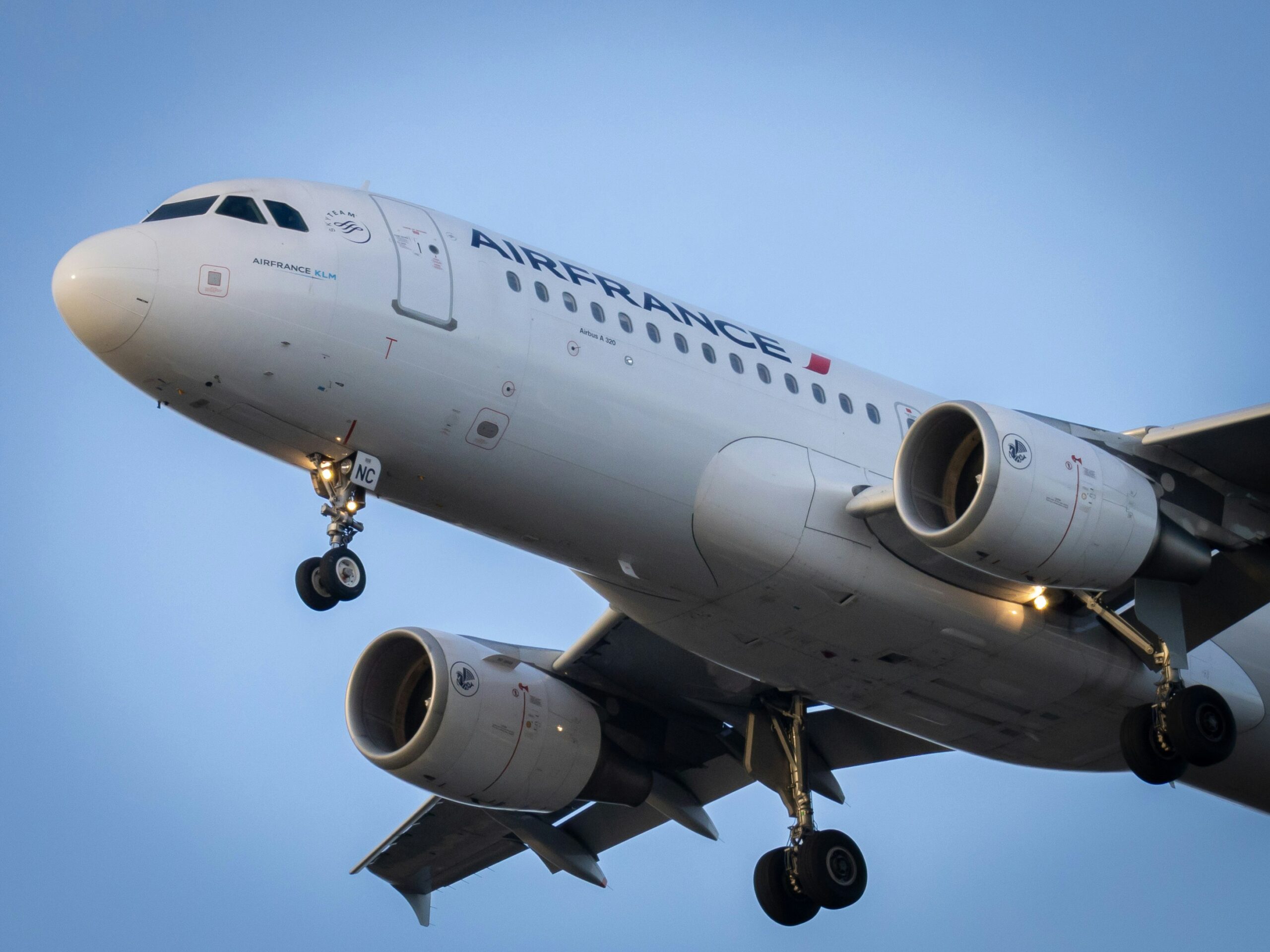
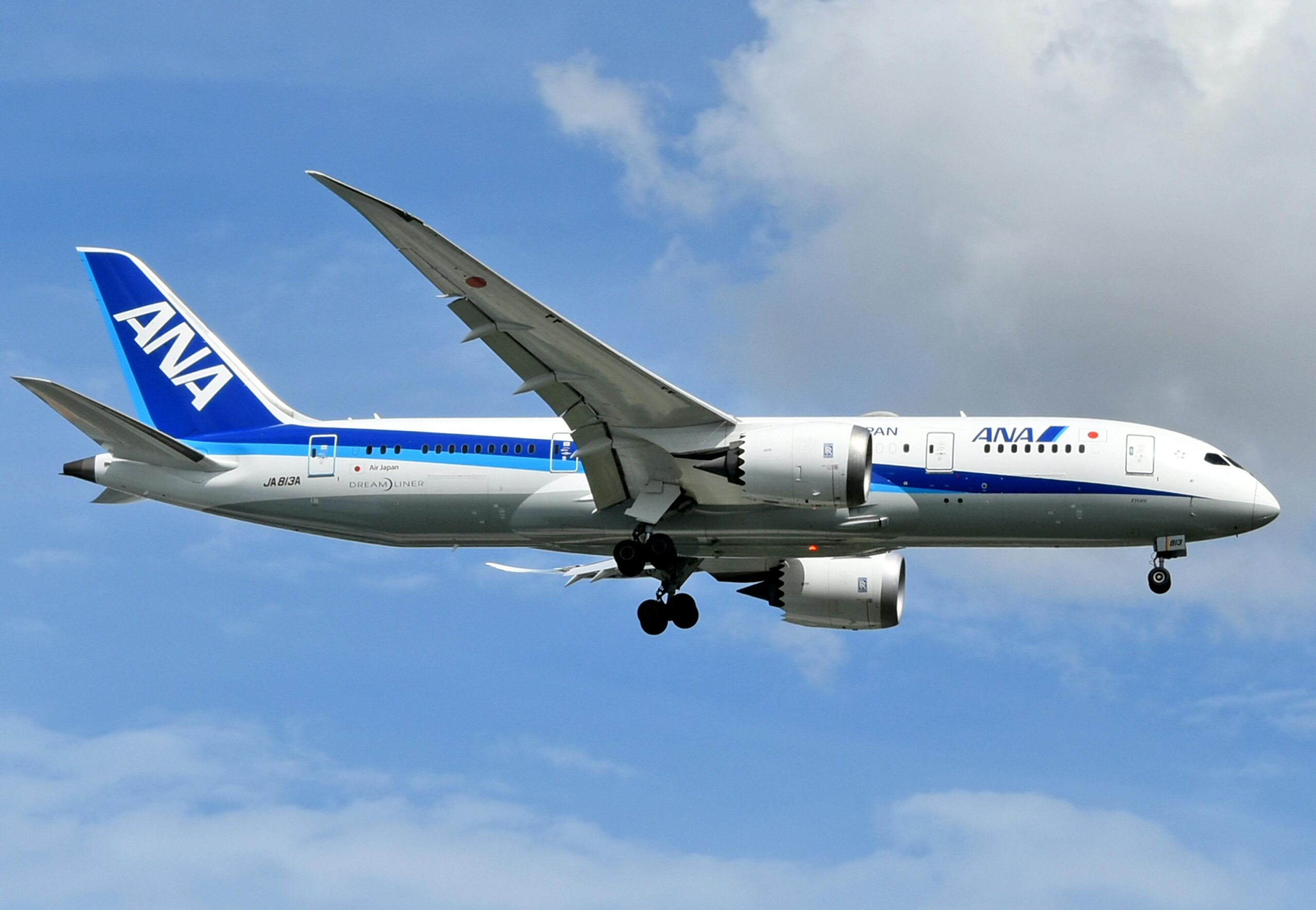

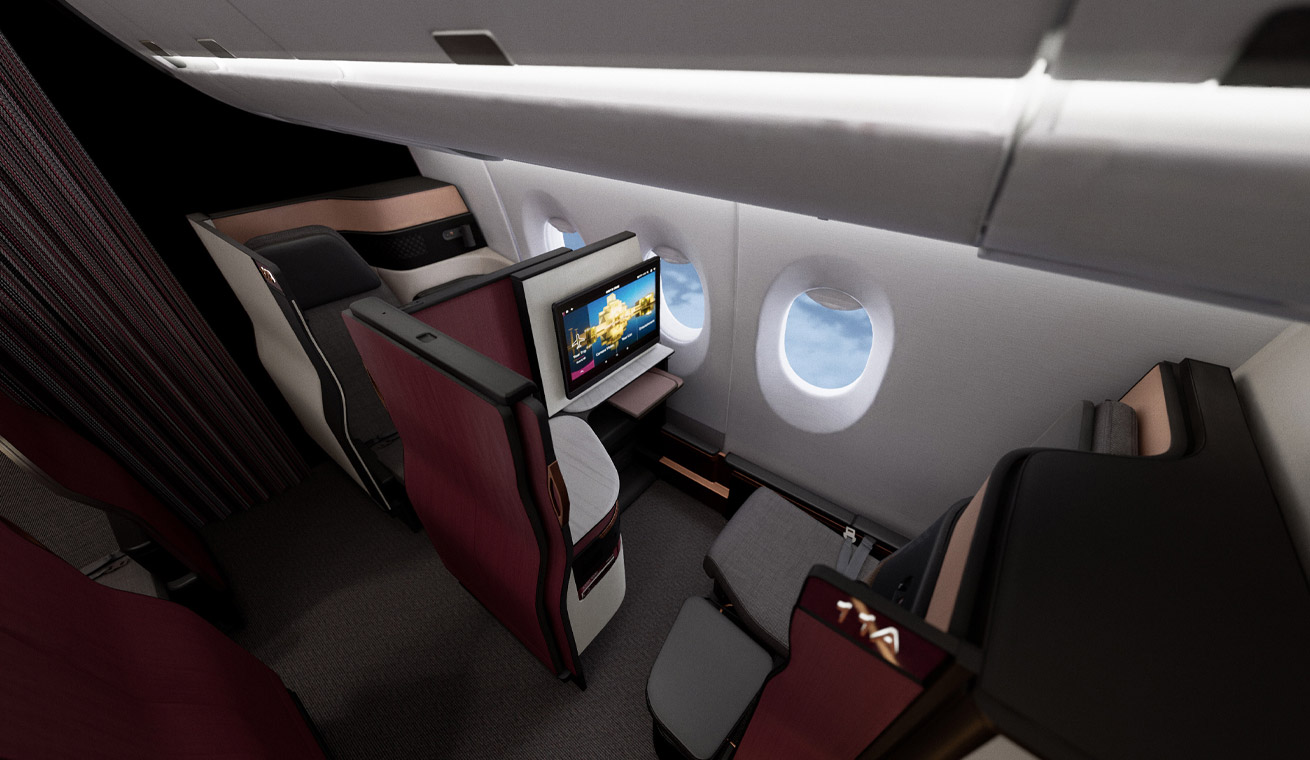


Leave a Reply